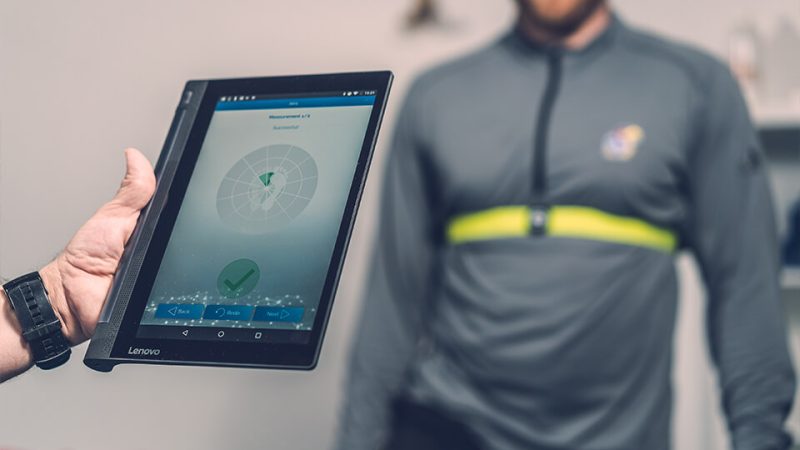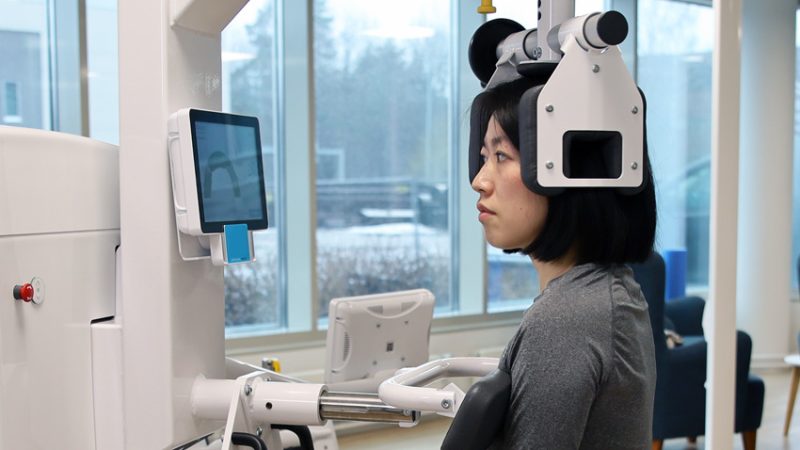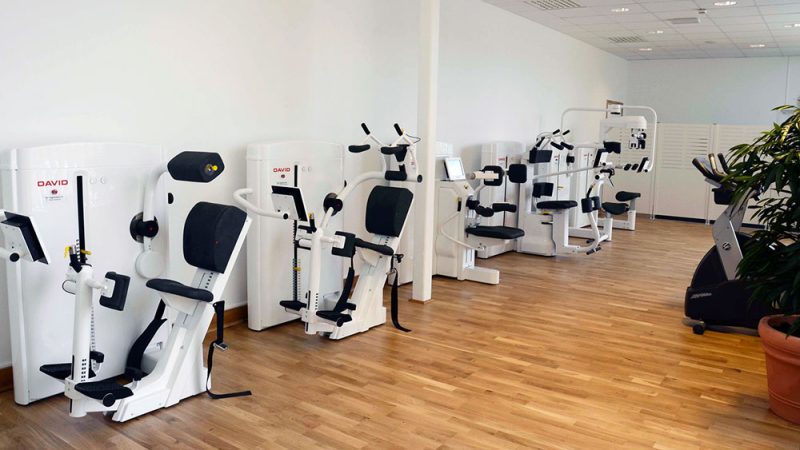About Back Pain
Lower Back Pain is very annoying and can limit you in carrying out your daily activities. Low Back Pain can be caused by various factors. How these disorders can best be treated depends per person as well as the cause of the complaints. Below you can find out which types of low back pain there are, which symptoms go with them, and with which treatment methods these disorders can be treated.
What back problems do you have?
Back disorders can be divided into 3 different categories depending on the duration and severity of the complaint:
- Acute back pain – duration of less than 6 weeks
- Subacute back pain – duration from 6 to 12 weeks
- Chronic back pain – duration of more than 12 weeks
When back complaints are not (correctly) treated, this can lead to permanent chronic disorders. In order to prevent further damage, it is advisable to have professionals at a David clinic examine your back. From here, further medical examinations may be suggested or a personally customized exercise therapy program may be recommended. Exercise therapy is the number one treatment for (almost) all Lower Back Pain disorders.

1.Herniated disc
What is a herniated disc?
Between the vertebrae of your spine, there are discs called the intervertebral discs. A hernia is the ‘fracture’ or ‘bulge’ of the intervertebral disc. When this bulge starts to press on the nerves it can cause complaints such as radiating pain in your buttock or leg.
Tips and tricks for a herniated disc
- Avoid inactivity
- Keep moving as much as possible
A herniated disc in the back mainly occurs in people with an ‘’unstable’’ or inactive back or in people who strain their back incorrectly. Wear and tear of the intervertebral disc is also part of the aging process and is therefore more common in 50% of cases in people over 50 years of age. Often a hernia does not cause any symptoms at all. A herniated disc with complaints is most common in people between 25 and 50 years of age (who have a very demanding occupation). A herniated disc in the back most commonly occurs for these reasons:
- Unstable back
- Incorrect loading of the back (inactivity, heavy load)
- Wear and tear of the intervertebral disc (aging process)
- Between 25 and 50 years of age (strenuous professions)
Read more about acute Herniated Disc

2. Acute Low back pain
Acute Low Back Pain is often experienced as a ‘sudden shot of pain in the back’, which gives a painful and cramped feeling in the back.
Common acute Low Back Pain symptoms:
- Sharp and (in) shooting pain
- Rigidity
- Restriction of movement of the lower back
- Radiating pain (in the buttocks/thighs)
- Prolonged sitting is painful
- Not being able to get up
People who have had acute Low Back Pain also called ‘lumbago’ may recognize the above. But what exactly is acute Low back Pain? And most important, how can you best deal with Low Back Pain?
Causes of Acute Low Back Pain
What causes an Acute Low Back Pain attack depends on several factors. The cause of lumbago is the inability of the joint chain of the lower back to work together properly. Below are a few examples of risk factors for lumbago.
- Overburdened back (work / driving / tension)
- Moving the (lower) back incorrectly (for a long time)
- Sudden movement (bending or twisting of the back)
- Stress
- Doing untrained heavy work
- Poor physical condition (passive)
- Presence of a hernia in the (lower) back
Read more about acute low back pain
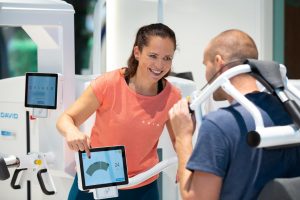
3. Sciatica symptoms
The sciatic nerve is the longest nerve in the body which runs from the lower back to the back of the thigh to the foot. Sciatica is nerve pain that is caused by this nerve being irritated, inflamed, or damaged. Sciatica can be caused by pressure on the nerve, for example, due to pregnancy or by an incorrect posture that puts too much strain on the back. Although the symptoms of sciatica vary, most symptoms are often felt in the back, legs, and buttocks.
Common sciatica symptoms:
- Dull pain (numbness) in leg, foot and/or toes
- Stabbing pain in buttock/leg
- Pain shoots in the back
- Weakened muscles
Types of Sciatica
The most common form of sciatica is mainly caused by incorrect loading of the back, a hernia, or arthrosis. This causes pressure on the nerve which often results in low back pain. The pain can also radiate to the leg. In addition, sciatica can also be caused by spondylolisthesis and/or osteoporosis.
In acute sciatica, the symptoms persist for a maximum of 6 weeks. Because of natural recovery, these sciatica symptoms often go away by themselves. If the sciatica symptoms persist for a longer period of time, it is wise to do something about this quickly in order to prevent chronic sciatica.
Read more about the treatment of Sciatic Nerve
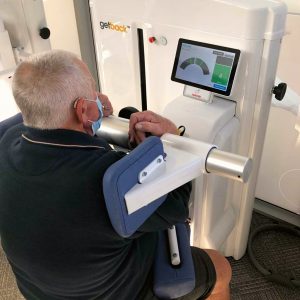
4. Scoliosis
Scoliosis symptoms
Scoliosis refers to lateral curvature of the spine. Scoliosis may be divided into several types, some of them being structural and some of them nonstructural. Fortunately, scoliosis does not always have to cause ‘noticeable’ pain (especially in children). However, most people with scoliosis do experience pain, especially in the forward movement (bending forward). There are a number of complaints that are typical of having scoliosis, if these complaints continue to occur it is advisable to have something done about it preventively.
Common scoliosis symptoms:
- Leg length difference
- Tilted pelvis
- Radiating pain
- Increased muscle tension
- Pain
- Fatigue
- Reduced mobility
- Uneven muscle power distribution
What types of scoliosis curvatures exist?
Scoliosis with a C-shape
When the spine has fused to one side, showing a single bend, this is called scoliosis with a C-shaped curvature.
Scoliosis with an S-shape
When the spine has fused to two sides, resulting in two curves, this is called scoliosis with an S-shaped curvature.
Scoliosis in combination with a Gibbus
Both C- and S-shaped curvature of the spine is often accompanied by a twisting of the spine (around its axis). This can be seen in a hump, also called a ‘gib bus’ in the high back.
Scoliosis-diagnosis-and-treatment
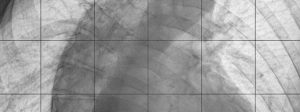
5. Osteoarthritis
Osteoarthritis is the alteration of cartilage in joints. The cartilage gets an irregular surface due to overburdening, which makes the joints more difficult to move. This can be very painful. The symptoms are often at their peak after a period of rest and become less with movement. Osteoarthritis mainly occurs in joints of the neck, shoulders, hips, hands, and knees.
Common osteoarthritis symptoms:
- Painful joints
- Stiff feeling or tenderness
- The decrease in freedom of movement
Types of osteoarthritis
Osteoarthritis can be divided into two types: primary and secondary osteoarthritis.
- Primary (or idiopathic) osteoarthritis
Primary osteoarthritis has no identifiable cause. Osteoarthritis caused by old age also falls under this group.
- Secondary osteoarthritis
Secondary osteoarthritis does have a specific cause, for example, a congenital misalignment or an accident.
Read more about the treatment of Osteoarthritis
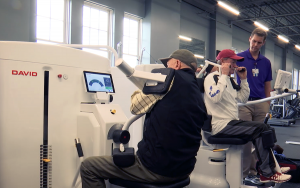
6. Chronic Back Pain
We speak of chronic back pain if the disorder is present for more than 12 weeks (3 months) in recurring periods. The symptom-free periods become shorter and shorter with acute back pain, which eventually leads to chronic back pain. In recent years it has been shown more and more that behavior and physical processes are related and can cause acute back pain to become chronic back pain.
Chronic back pain has a major impact on the performance of work, on the home situation, and on social life. This is what makes chronic back pain so serious. This group of ‘chronic back pain’ is very large: 1 in 5 adults in the western society suffers from recurrent back pain and therefore chronic back pain.
Important: Chronic back pain can occur when
- Someone has excessive muscle tension or high physical stress (e.g. non-stop tightening of the shoulders);
- There is a fear of movement (e.g. always stooping down with a hollow back, even when you have to pick up something very lightly).
Read more about the treatment of Chronic Pain
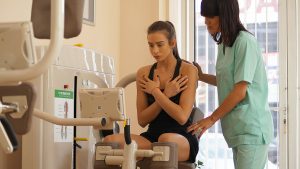
David Spine Center
David is the largest supplier of medical equipment for back pain worldwide. With more than 400 intelligent installations, David has been able to provide back pain relief for millions of patients. At these locations, certified physiotherapists are trained to guide people with Low Back Pain using Exercise Therapy protocols through a device-based program. Visit our reference page for more information and find a Spine clinic in your own area.
 English
English 






















